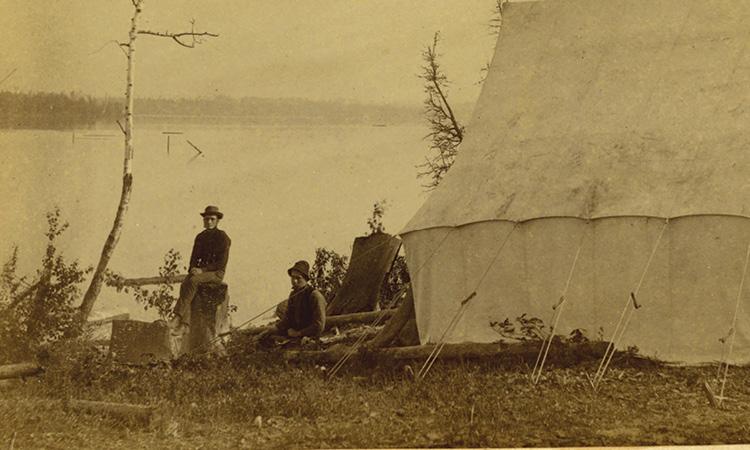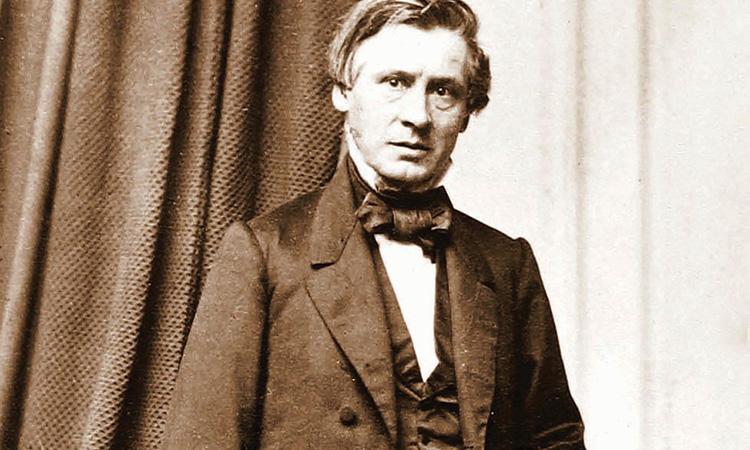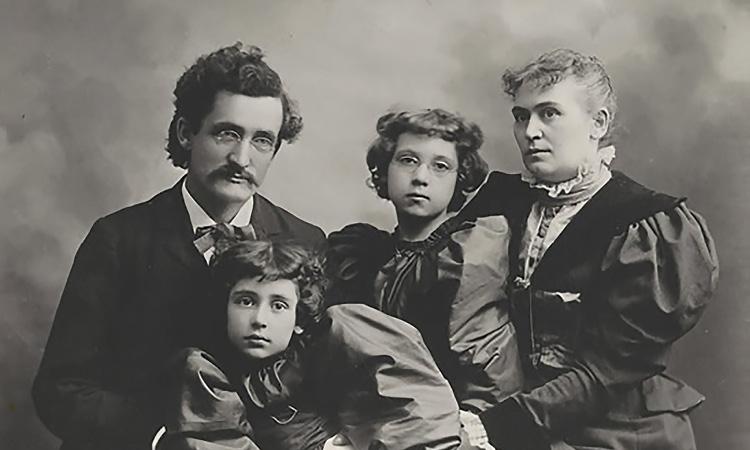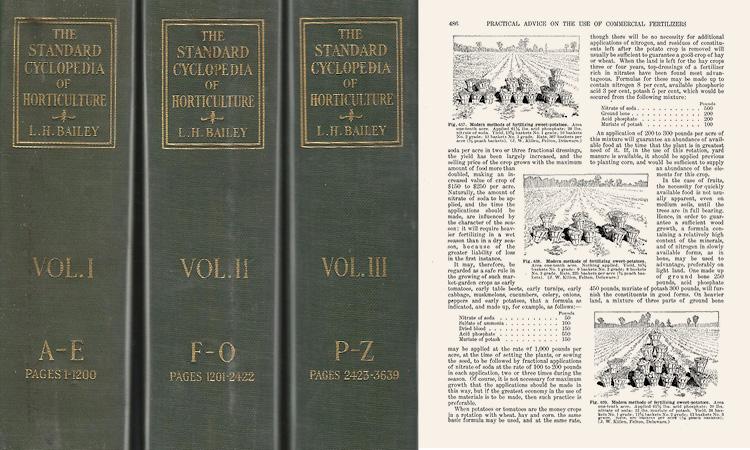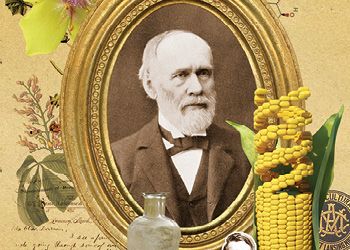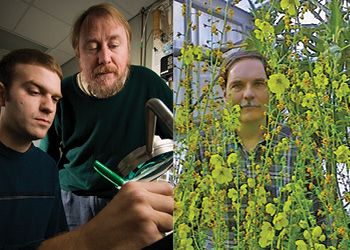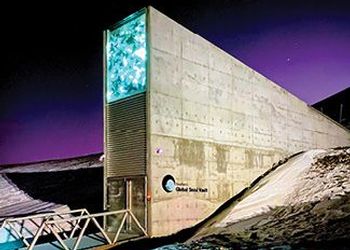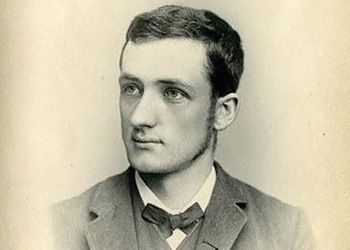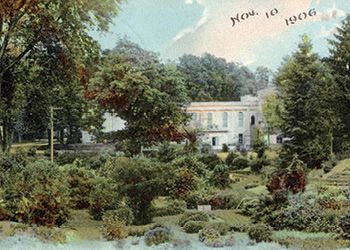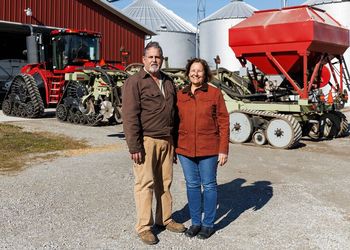Liberty Hyde Bailey: William J. Beal's Brilliant Protégé

Liberty Hyde Bailey: William J. Beal's Brilliant Protégé
While Beal educated hundreds of botanists, horticulturists and foresters at MSU, one stands above: Liberty Hyde Bailey, the father of modern horticulture and a powerful figure in improving rural American life.
October 12, 2020Born on a fruit farm in South Haven, Michigan, in 1858, Bailey appeased his youthful curiosity about the natural world by touring local forests, devouring Charles Darwin’s “On the Origins of Species” and successfully courting Beal to speak in South Haven. Bailey’s teenage encounter with Beal accelerated his fascination with the natural world and spurred his enrollment at Michigan Agricultural College (M.A.C.) in 1877, where he thrived under Beal’s guidance.
After Bailey earned his horticulture degree from M.A.C. in 1882, Beal recommended him for an assistantship at Harvard University. Bailey worked as world-renowned botanist Asa Gray’s herbarium assistant for two years before returning to M.A.C. in 1885 to launch the nation’s first horticulture department. Following Beal’s lead, Bailey favored hands-on instruction, distributing pumpkin seeds to students to stress small beginnings and sharing pumpkin vines to illustrate the massive fruits that small plants could bear.
After a three-year run at M.A.C., Bailey accepted a position as chair of practical and experimental horticulture at Cornell University. Over a 25-year run at Cornell, Bailey established himself as a prominent teacher, researcher and administrator, a scholarly life that included the publication of 65 books, more than 1,300 articles and 24 albums of plant photography. After retiring in 1913, he traveled the world—to China, New Zealand, Brazil and other locales—to cultivate his collection of some 140,000 plant specimens.
Ever mindful of his small-town roots, Bailey developed an extension program to teach natural studies in rural areas, spearheaded the creation of the 4-H movement and encouraged technological innovation on the family farm. At the request of U.S. President Theodore Roosevelt, he chaired the national Commission on Country Life, whose work launched a parcel post system, a nationwide federal extension service and the federally supported rural electrification program.
Like Beal, Bailey, too, embraced an interdisciplinary mindset. He published poetry collections and philosophical musings and commanded respect among country folk as well as the metropolitan elite, twice being urged to run for governor of New York. The National Academy of Sciences called Bailey “a man of incomparable vision and prodigious energy,” while former MSU Department of Horticulture head H.B. Tukey said: “His interests were so great and his coverage so broad that he stood as a dozen men.”
Though Bailey died in 1954 at age 96, his influence endures. MSU features Bailey Hall, home to the living-learning Residential Initiative for the Study of the Environment (RISE), as well as the Bailey Scholars program that promotes lifelong learning.
Contributing Writer(s): Daniel P. Smith



